Team:TU-Munich/Team/Activities
From 2013.igem.org
(→Visit of the Helmholtz Center for Environmental Research (UFZ) in Leipzig) |
(→Visit of the Helmholtz Center for Environmental Research (UFZ) in Leipzig) |
||
| Line 54: | Line 54: | ||
[[File:TUM13_Visit of the UFZ.JPG|thumb|right|350px|Figure 6: Visit of the UFZ: Johanna and Andreas from iGEM TU Munich team with Dr. Kuschk (left) and Dr. Müller (right)]] | [[File:TUM13_Visit of the UFZ.JPG|thumb|right|350px|Figure 6: Visit of the UFZ: Johanna and Andreas from iGEM TU Munich team with Dr. Kuschk (left) and Dr. Müller (right)]] | ||
In Addition to present our project the goal of the visit of the Helmholtz Centrum of Leipzig UFZ [[http://www.ufz.de/index.php?en=2540 UFZ]] on the 26 th of june 2013 was to get another objective opinion concerning our project idea, project implementation and information about practical Phytoremediation. Dr. Kuschk and Dr. Müller are members of the chair of environmental biotechnology and attend to phytoremediation or rather bioremediation (see figure 6). Their research focus is in the area of zoonosis that means the interplay between plants and microorganisms. The plant acts with the root system as a carrier to quantify the microorganisms which dispose nitrate, sulfur or toluol. Because of lack of personal genetic engineering works in UFZ isn’t possible according to Dr. Kuschk. | In Addition to present our project the goal of the visit of the Helmholtz Centrum of Leipzig UFZ [[http://www.ufz.de/index.php?en=2540 UFZ]] on the 26 th of june 2013 was to get another objective opinion concerning our project idea, project implementation and information about practical Phytoremediation. Dr. Kuschk and Dr. Müller are members of the chair of environmental biotechnology and attend to phytoremediation or rather bioremediation (see figure 6). Their research focus is in the area of zoonosis that means the interplay between plants and microorganisms. The plant acts with the root system as a carrier to quantify the microorganisms which dispose nitrate, sulfur or toluol. Because of lack of personal genetic engineering works in UFZ isn’t possible according to Dr. Kuschk. | ||
| - | + | ||
| - | Together with a leadership through the laboratories with Dr. Müller (see | + | |
| + | Together with a leadership through the laboratories with Dr. Müller (see Figure 7) we had 2 conversations with the contact people in different points of our project. Dr. Müller gave us very helpful annotations relative to our effectors. [[File:TUM13_Visit of the UFZ laboratories.JPG|thumb|left|350px|Figure 7: Visit of the UFZ: Dr. Müller leads two iGEM TU Munich team members through the laboratories]] He mentioned the fact about the sense of amplification of a resistance gene EreB in environment in contrast to the biotechnological benefit. Furthermore he alluded that we had to consider the enzyme specificity, to find out the benefit of extinction of Erythromycin relative to clean water and to inform us about the costs of blue light. Another point was the use of Cathecholdioxygenase. According to Dr. Müller is a depletion of Catechol through microorganisms a very effective process. So our duty was to show the efficiency of the depletion of Catechol through moss. | ||
[[File:TUM13_Visit of the UFZ area.JPG|thumb|right|350px|figure 6: UFZ area]] | [[File:TUM13_Visit of the UFZ area.JPG|thumb|right|350px|figure 6: UFZ area]] | ||
The main topic we discussed with Dr. Kuschk applied to the application of our project idea in practice outside the competition framework. Dr. Kuschk was in doubt about the practical conversion based on his long lasting experiences and compared to his own developed concepts and conversions. In his opinion the costs, the concentration of the influent and the high duration of dwell of water based on the low concentration of water play a negative role, effect and influence relative to the conversion. Furthermore he prefers biofilms to membrane concerning to the immobilization of substances. Also he criticized our choice of degraded substances. In his opinion fecal substance are the cause of the high rate of death and diseases in developed countries. We explained him that we choose harmful substances according to the WHO with respect to establish our filter and show with the help of few harmful substances the degradation and bioaccumulation of them. In general he saw our project as basic research and not as practical application. | The main topic we discussed with Dr. Kuschk applied to the application of our project idea in practice outside the competition framework. Dr. Kuschk was in doubt about the practical conversion based on his long lasting experiences and compared to his own developed concepts and conversions. In his opinion the costs, the concentration of the influent and the high duration of dwell of water based on the low concentration of water play a negative role, effect and influence relative to the conversion. Furthermore he prefers biofilms to membrane concerning to the immobilization of substances. Also he criticized our choice of degraded substances. In his opinion fecal substance are the cause of the high rate of death and diseases in developed countries. We explained him that we choose harmful substances according to the WHO with respect to establish our filter and show with the help of few harmful substances the degradation and bioaccumulation of them. In general he saw our project as basic research and not as practical application. | ||
Revision as of 15:58, 18 September 2013
Trips to Freiburg to transform our moss at the Reski lab
first transformation: Volker, Ingmar, Jeff, Leonie, (Anja, Omar, ten hours trafo, meeting Freiburg team, pizza mobil, sightseeing tour at night) plating: Johanna, Andi second transformation: Ingmar, Flo, Jeff, Leonie, (Timo, twelve hours of trafo, fighting w/ busdriver)
Workshop "Drugs in the Environment" in Berlin
At the end of May we joined the "Drugs in the environment" conference that was organized by the RCDS (which is the youth organisation of the actually governing political party in Germany) and the German Association of Research-Based Pharmaceutical Companies.
During this discussion meeting we had the possibility to meet and discuss with several experts in the field such as xxx and xx as well as with representatives of leading German pharmacy companies such as Bayer and Novartis.
Participation on the 4 th Water Research Horizon Conference “Water Scarcity and Global change” in Berlin
The goal of the participation on the 4 th Water Research Horizon Conference “Water Scarcity and Global change” in Berlin on the 25th of June 2013 [Water Research Horizon Conference] was to look into worldwide water scarcity and global change to get new aspects in case of outreach and human practice concerning to our project and information about worldwide practical realization of minimization of “the water problem” in different countries in diverse ways of use and transformation (cf. Figure 3). In addition to the main speeches of ambassadors from different communities and companies we participated on a session with speeches and discussion called “water and soils for food and energy-a question of technological development?”. The topic of the session implied a question.
Basically it turned out to be difficult to answer the question in one direction. On the one side J. Bouma (formerly Wageningen University, The Netherlands) answered it with “No, not alone, but start with existing technology and go from there” and on the other side R. Ardakanian( United Nations University, Dresden) just said “yes” after his speech. But not only the answers to the topic question were different also the point of view concerning to the worldwide water problem, scarcity or the definition of water differed by the speakers. Water in connection with waste was the main intention of the speech of R. Ardakanian, who said that waste is a resource for production of food and energy and must cooperate as recycled waste in technology. The goal for the next generation was for E. Adar (Ben Gurion University, Negev, Israel) the challenge to minimization of water costs and use. Also it was clearly that in his view water is a synonym for food and a commodity not a resource like gold. Ways about Climate Change and Energy-Water Nexus in the Mediterranean present us M. Lange (The Cyprus Institute, Nicosia). A. Porporato (Duke University, NC, USA) gave a lecture on the role of ecohydrologic variability on the Productivity and sustainability of ecosystems. General speeches about the water scarcity and climate change informed also about different present projects to reduce the water scarcity. G. Teutsch (UFZ Leipzig) who opened the conference talked about a “quick start” concerning to reduce the water scarcity which sticks together with the rise of climate change. The main statement of speech from the second speaker P. Krebs (TU Dresden) was that not visions, only excellent concepts, developed new topic projects and community action bring profit. That the water topic has also an important role in politic was approached from F. Holzwarth (BMU Bonn) who also had the goal of forming a “water alliance with new individual faces”.In summary the visit of the conference was productive in context about the main problem of water scarcity and the climate change which opened us new ways of thinking and point of views.
Biotechnology 2020+ Conference of the Ministry of Research and Education
For the third year in series the German Ministry of Research and Education invited all German iGEM Teams to join the "Biotechnology 2020+ conference" in Berlin at June 27th ["Biotechnology 2020 conference"]. “Which products and biotechnological processes are seminal? “ ,“How will the next generation accept the biotechnological processes?” and “Which projects are already initiated?” are a few discussed goals of the conference. Actors in the field of economy, politic and science participated in addition to the German iGEM teams at the conference. In the speech of Dr. Helge Braun (parliamentary State Secretary of the BMBF) who gave an overview of the milestones emphasized that a creative teamwork with an own developed language is necessary and introduced the new biotechnological ideas: biological implant, biomimetric desalination plant and microbial fuel cell. In the first discussion round about the topic “result of the previous activities and recommendations for action for the continuation of the initiative "Biotechnology 2020+ conference"" five ambassadors of five research institutions( Frauenhofer-corporation, Helmholtz-community, Max-Planck-corporation, Leibniz-community, TU Braunschweig) (see figure 6) presented their new realized ideas: printable biotechnology, cellfree bioproduction and synthesis of novel therapeutics. Exemplary Prof. Dr. H. Jäckle (Max-Planck-Community) introduced the research network for Synthetic Biology MaxSynbio. The second discussion round was concerned with “Open Source in the Biotechnology”. In general was recorded a split opinion in the audience. In addition to workshops with the main topic “On the way to a Biotechnology 2020 +” exhibition of the German IGEM projects 2013 (see figure 7) and presentations of the research projects of the five research institutions were also available. In summary the participation enabled us to get inform about the practicable operated novel biotechnology ideas, cooperation and projects from market-leading research institutions in Germany on one side and relative to an international synthetic biology competition the different project of young German teams on the other side.

Visit of the Helmholtz Center for Environmental Research (UFZ) in Leipzig
In Addition to present our project the goal of the visit of the Helmholtz Centrum of Leipzig UFZ [UFZ] on the 26 th of june 2013 was to get another objective opinion concerning our project idea, project implementation and information about practical Phytoremediation. Dr. Kuschk and Dr. Müller are members of the chair of environmental biotechnology and attend to phytoremediation or rather bioremediation (see figure 6). Their research focus is in the area of zoonosis that means the interplay between plants and microorganisms. The plant acts with the root system as a carrier to quantify the microorganisms which dispose nitrate, sulfur or toluol. Because of lack of personal genetic engineering works in UFZ isn’t possible according to Dr. Kuschk.
The main topic we discussed with Dr. Kuschk applied to the application of our project idea in practice outside the competition framework. Dr. Kuschk was in doubt about the practical conversion based on his long lasting experiences and compared to his own developed concepts and conversions. In his opinion the costs, the concentration of the influent and the high duration of dwell of water based on the low concentration of water play a negative role, effect and influence relative to the conversion. Furthermore he prefers biofilms to membrane concerning to the immobilization of substances. Also he criticized our choice of degraded substances. In his opinion fecal substance are the cause of the high rate of death and diseases in developed countries. We explained him that we choose harmful substances according to the WHO with respect to establish our filter and show with the help of few harmful substances the degradation and bioaccumulation of them. In general he saw our project as basic research and not as practical application. In summary the visit of the UFZ enriched us in the molecular genetics part and in the view of further project thoughts. The leadership through the laboratories of UFZ showed us exemplary demonstrative a conversion of phytoremediation.
 "
"




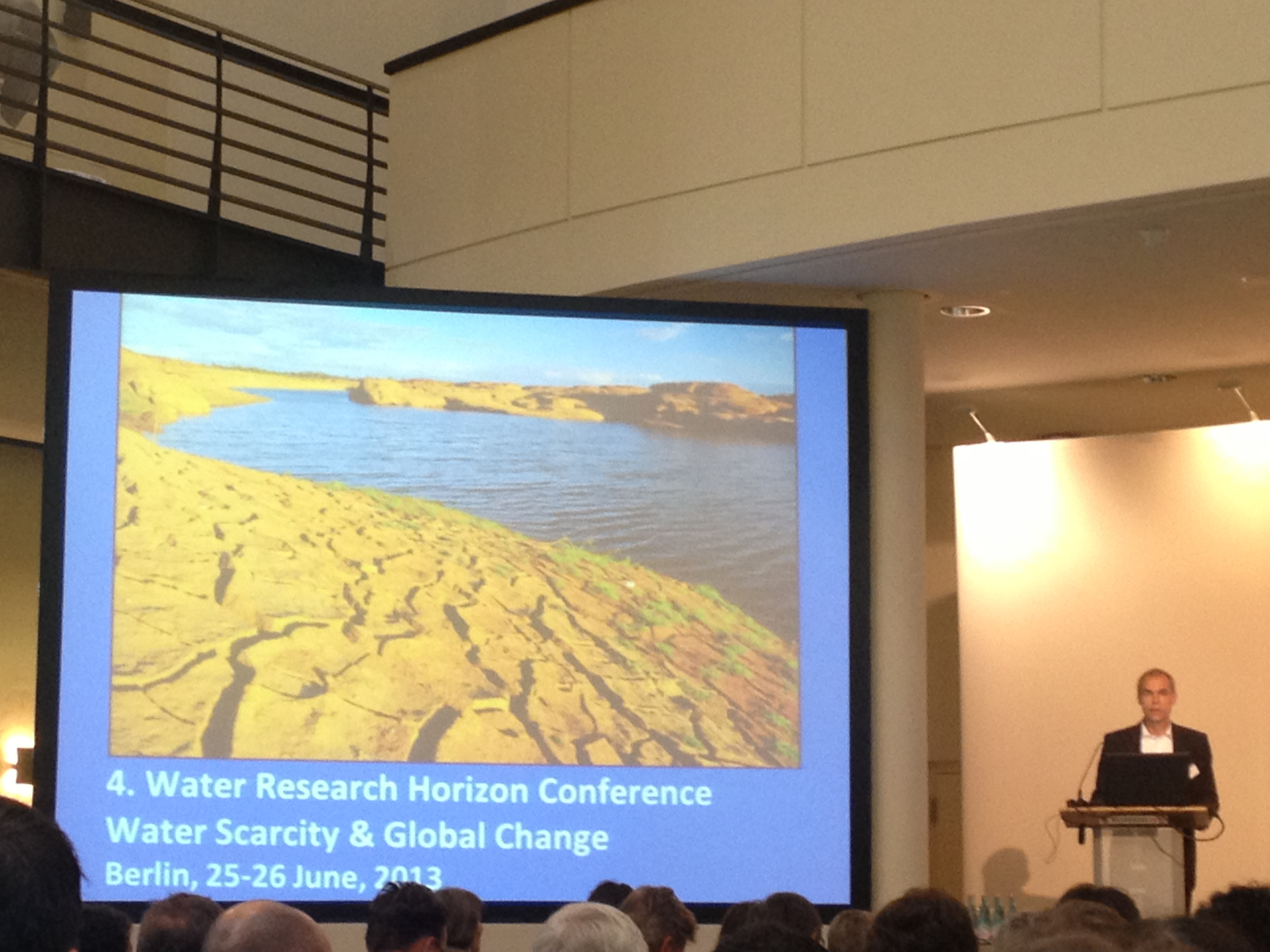
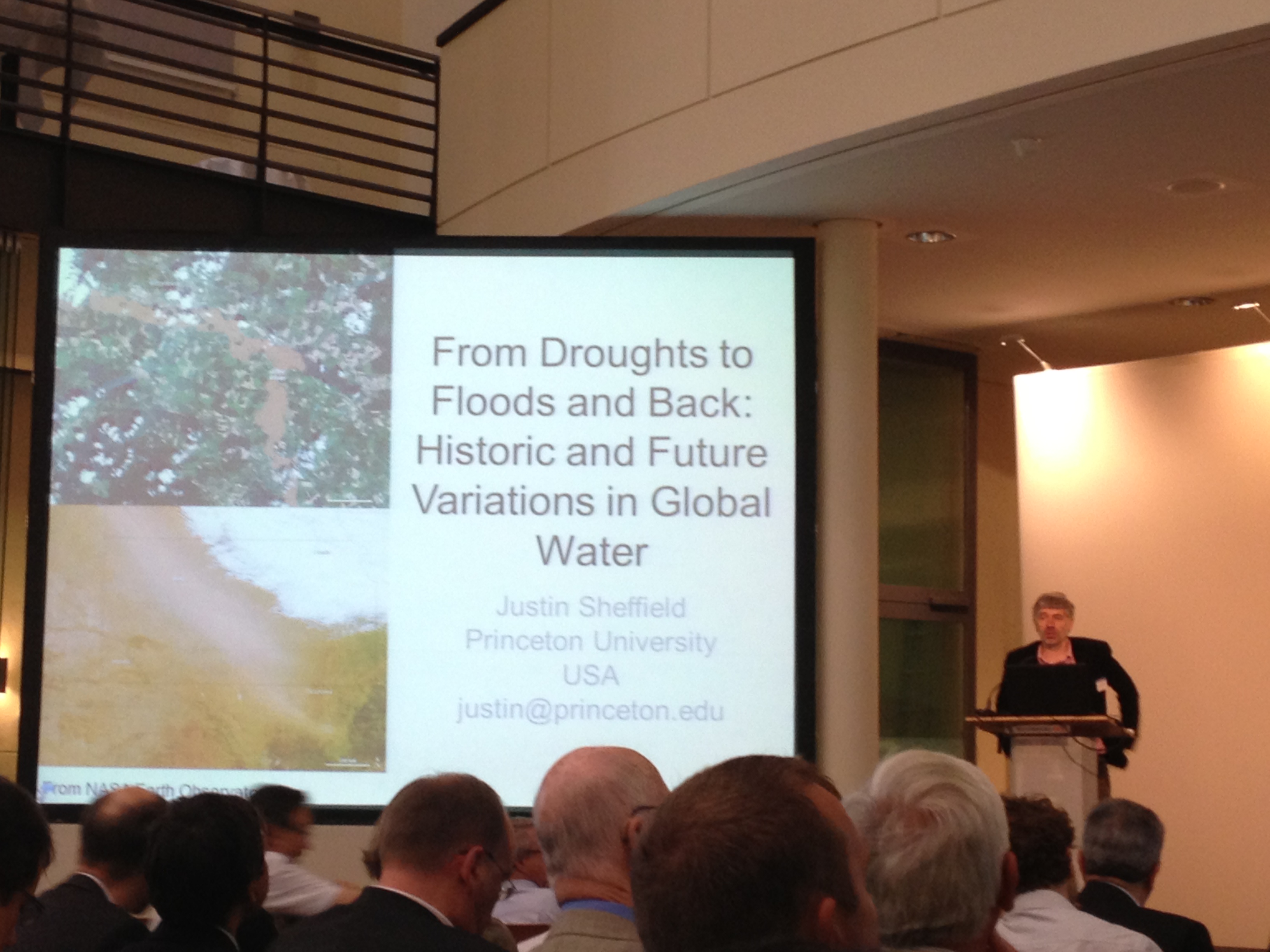
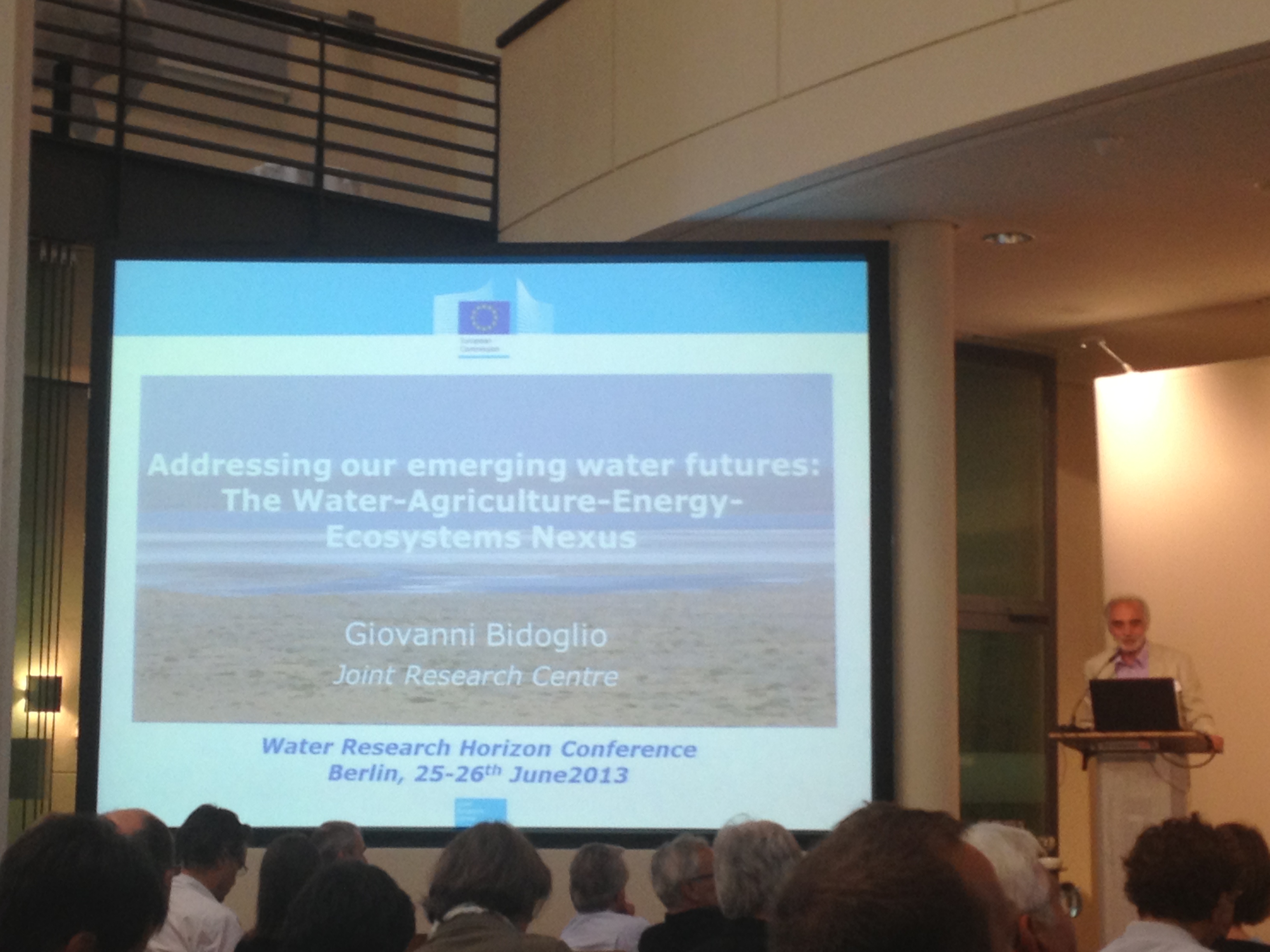

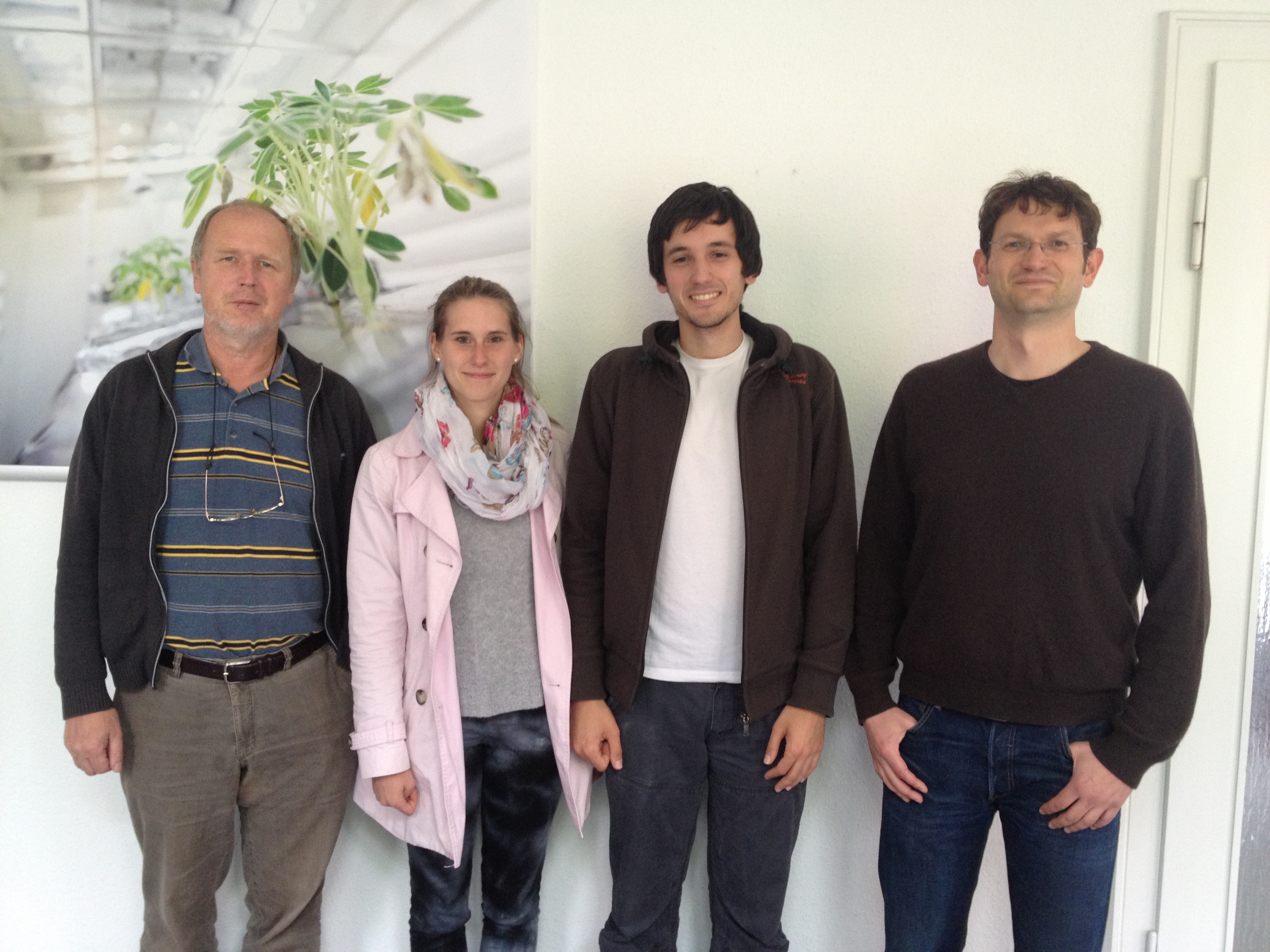
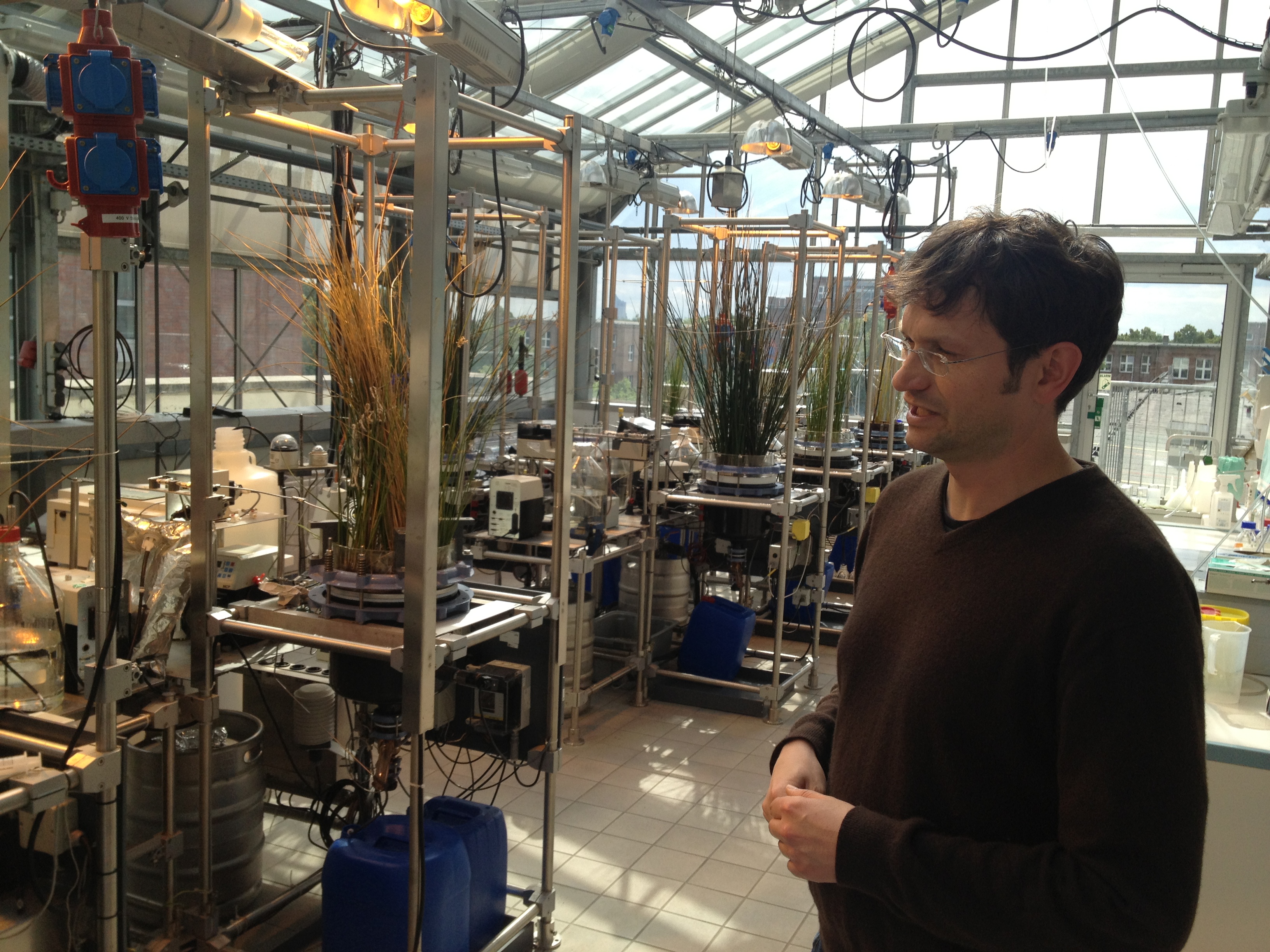

AutoAnnotator:
Follow us:
Address:
iGEM Team TU-Munich
Emil-Erlenmeyer-Forum 5
85354 Freising, Germany
Email: igem@wzw.tum.de
Phone: +49 8161 71-4351